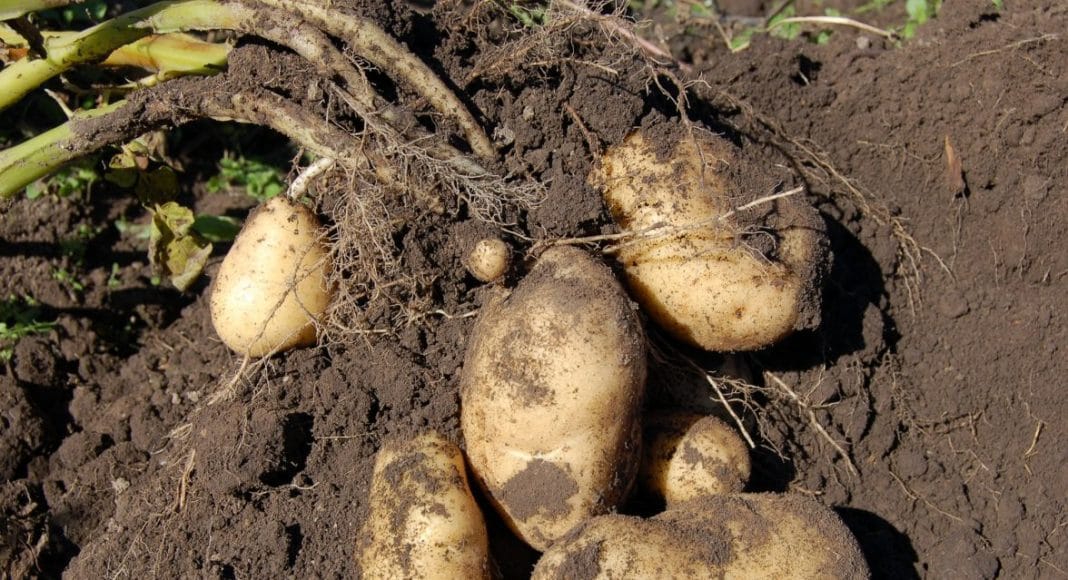What are diploid potatoes and why are breeders and processors so interested in them?
Diploid potato breeding, and producing varieties from true potato seed, has been getting a lot of attention in the potato industry — however growers won’t see these new potatoes in their fields for a while. The potato industry is working to explain what this new technology is and why growers should be interested. A panel discussion about it took place at the virtual Potato Expo on Jan. 6, 2021. Spud Smart listened in to get the 411 from Paul Bethke, a plant physiologist with the United States Department of Agriculture, and Jeremy Singer, director of agronomy for J.R. Simplot Company.
How diploid potatoes differ from tetraploid bred potatoes…
“Current cultivated potatoes are tetraploids. They have four copies of every gene — diploid potatoes have two copies. Doesn’t seem like much of a difference, but actually, it makes things so much simpler when you’re doing breeding. And when you’re trying to understand the genetics of important traits, traits that matter to growers, to processors to consumers,” Bethke says.
How a diploid potato is created from a tetraploid potato…
“We can just do it by crossing to a special class of pollinators that when you cross, put the pollen onto the flower of your tetraploid variety, your favourite variety, you create offspring that are based only on the female, only on your tetraploid varieties. They are fatherless plants. So, you create using this genetic trick, you could create diploid plants from tetraploid. And when you do that, some really interesting things show up.
“Many of those plants, even though they came from one of your most beautiful, cultivated potato, even though they are derived from the crème de la crème, many of those plants look absolutely horrible. Because they are, they have revealed the deleterious alleles — the deleterious parts of the genetic constitution of tetraploid potato that we’ve been carrying along for as long as we’ve been breeding potatoes. When we see plants that are weak, that look terrible, that’s actually a fine thing, because we can just throw those away. And we keep the strong ones, the ones that look better. We select for, just in this one step, we start selecting for favourable genetic traits while we’re removing unfavourable traits,” Bethke explains.
How diploid breeding can help to make better potatoes…
“First goal is capture the good, discard the bad. The second goal is to try and fix some of the key traits. And finally, we start doing inbreeding to make uniform lines that can then be crossed to produce hybrids.
“Many of you are getting garden catalogues this time of year. If you see F1 hybrid, this is what maybe we’re talking about. You create two lines that are true breeding, you cross them together, and every one of their progeny is essentially the same. And there’s an advantage here because if we make small changes to either of those parents, we can change the progeny by adding those small changes, which is to say we can improve an existing variety,” Bethke says.
The positives of using diploid breeding…
“Developing a true potato seed is very exciting because in true seed crops, less than five per cent of pathogens are seed borne. This means we can significantly reduce seed borne transmission of many of the pathogens causing diseases that plague our industry.
“There are greater than 150 diseases a potato globally, of these about 40, which are economically important. And in just the last 40 years, seven new pathogens or pathogen genotypes have been introduced into the U.S. On average, the potato industry faces a new pathogen about every six years, and we believe diploid breeding will allow us to breed varieties that can help to reduce the impact of new diseases and true potato seed will reduce disease transmission,” Singer explains.











